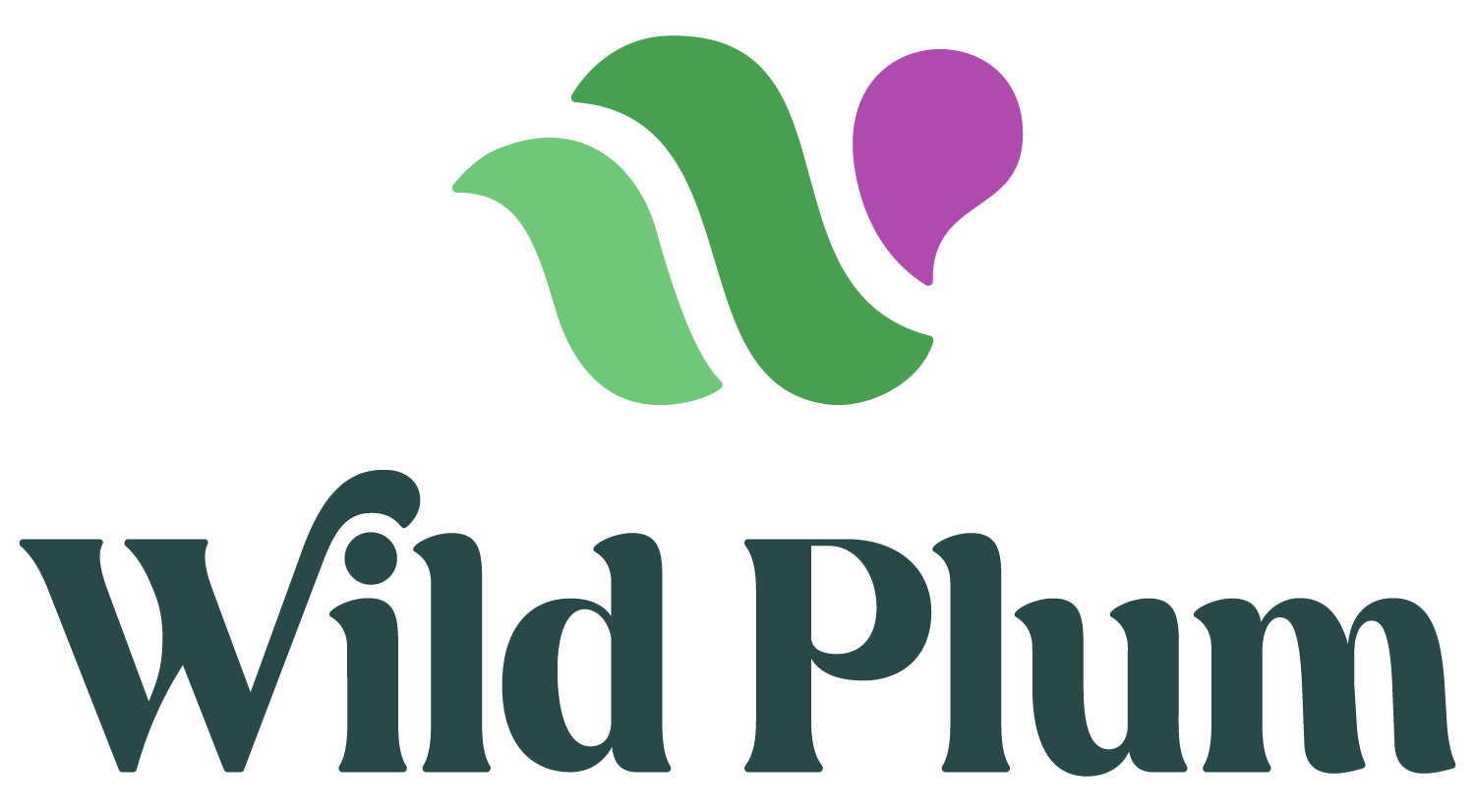We hear it nearly everywhere we go. “We need a blog.” “We need a podcast.” “Get more case studies.” “I want a webinar series.” As business leaders, it’s often easy to get excited about work you see, often from competitors. And it’s not uncommon to reach out and prescribe a task for your Marketing colleagues. And frankly – this is great! Your Marketing team should be glad you’re enthusiastic and excited to create compelling content. But to help them ensure your content performs, include the “why” along with it. This will help ensure a few things:
- You’re not just doing what the Joneses are doing.
- You may be insisting on something that just won’t work well for your company (maybe due to needed systems or resources or expertise to create and maintain the approach you like).
- You may be stalling the creative process. There are several ways to achieve the outcomes you want in a way that feels like your company (maybe there’s a better way to be on brand).
- And finally – are you sure your audience will read, watch, listen?
Why content matters

Make no mistake, we’re huge fans of content. Content expresses your point of view and showcases your know-how. It shares the value of what you sell. Content helps you be findable as people look for a solution. But it’s not as simple as pouring out what we know. We need to think about creating the right content in the right medium for our target audience. As humans, we love to talk about ourselves and what we love – our products. But… most people don’t want to consume all that we know and want to share, and they certainly don’t want to hear every detail right away.
So, how do you dial it in? How do you approach content creation in a way that does its job and doesn’t turn off a prospect?
The answer: Roll back the prescribed tactic and start with a brief.
Elements of a strong creative brief
- Start with why you want to try a new approach. Share your inspiration. What do you like about your inspiration (that blog, podcast, or case study)?
- What do you want to achieve? Who should see it, what impression do you want to make, and what is the right level of information to provide?
- What do you have to work with? Who are the subject matter experts and what are the systems and resources required to pull this off?
Once your marketers have the heart of your story, rely on them to ensure that when it’s found, people will engage. The key here is keeping it consumable. Content shouldn’t be off-putting. If you look at it, it shouldn’t feel like bedtime reading! The art is keeping your content substantive and useable . After all, you want prospects to engage with you many times and data shows they’ll spend more time researching content than interacting with sellers. So, create a content plan that suits your buyer persona, considers their information-gathering journey, and creates a great experience.
Creating content that prospects won’t be afraid of
We’re living in a time when people are flooded with content. You often only have seconds to make an impact. If a customer cannot quickly assess whether something is intriguing, they’ll pass right by. Making your content stand-out is becoming more and more difficult. But here are some tips to consider when settling down to write or plan.
- Limit the word count or running time. If people can look at it and determine there will be value in a short amount of time, they’re more likely to read, watch, and listen. Remember, this isn’t a grade school English class paper with minimum page counts.
- Respect white space and the pause. Make sure that even if they don’t read, they’ll be able to see the main point and any supporting visuals that help tell your story. White space will also mitigate scaring people away from copy-dense pieces. And when watching and listening, the pause impresses the key points and helps the audience stay alert and focused on your message.
- Be crisp and cut the fat. Ensure your sentences are simple and to the point. And remember nobody likes a ramble. So, help your experts be succinct and practice key phrases and delivery. You want the audience to be tuning into the message, not the speaker’s delivery style.
- Begin with the punchline. Tell them the payoff up front and use the rest of the piece to unpack the story.
- Visualize information. Instead of writing everything, use a diagram, chart, or infographic to help bring your message to life.
- Break your story into chapters. Think of it as a miniseries. What should episode one include to capture interest? How can you unfold the story around specific themes thereafter? Are you bridging your topics from one to the next?
It’s a lot to think about. But this is the point. Think hard up front in the creative process about how to make your content work so your audience is only thinking about your message. At the end of the day, the most important thing is not how profound, long, complex, or beautiful your content is. It’s ensuring that it has captured your customer’s attention. So, if there’s one thing you’re left with, your content needs to be about them and their needs and less about demonstrating what you know.

